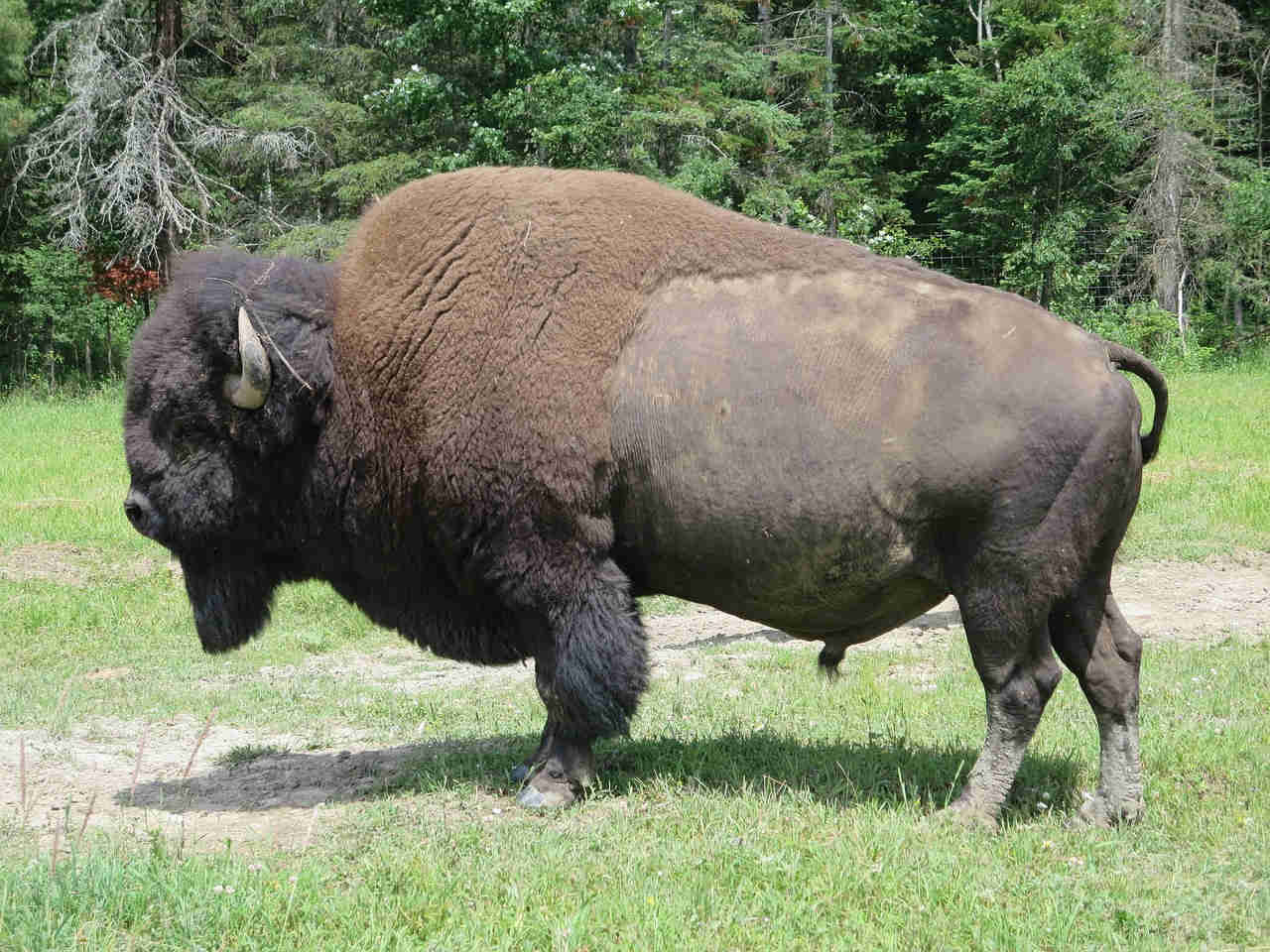
North American
Bison Evolution
During the population bottleneck, after the great slaughter of American bison in the nineteenth century, the number of bison remaining alive in North America declined to as low as 541. During that period, a handful of ranchers gathered remnants of the existing herds to save the species from extinction. These ranchers bred some of the bison with cattle in an effort to produce what is called today called beefalo. Accidental crossings were also known to occur.
Generally, male domestic bulls were crossed with buffalo cows, producing offspring of which only the females were fertile. The crossbred animals did not demonstrate any form of hybrid vigor, so the practice was abandoned. The proportion of cattle DNA that has been measured in individuals and bison herds today is typically quite low, ranging from 0.56 to 1.8%. In the United States, many ranchers are now utilizing DNA testing to cull the residual cattle genetics from their bison herds.
The U.S. National Bison Association has adopted a code of ethics which prohibits its members from deliberately crossbreeding bison with any other species.
Although they are somewhat similar, the American and European bison exhibit a number of physical and behavioral differences. Adult American bison are slightly heavier on average because of their less rangy build, and have shorter legs,
which render them slightly shorter at the shoulder. American bison tend to graze more, and browse less than their European relatives, because their necks are set differently. Compared to the nose of the American bison, that of the European species is set farther forward than the forehead when the neck is in a neutral position.
The body of the American bison is hairier, though its tail has less hair than that of the European bison. The horns of the European bison point forward through the plane of its face, making it more adept at fighting through the interlocking of horns in the same manner as domestic cattle, unlike the American bison which favors charging. American bison are more easily tamed than the European, and breed more readily with domestic cattle.